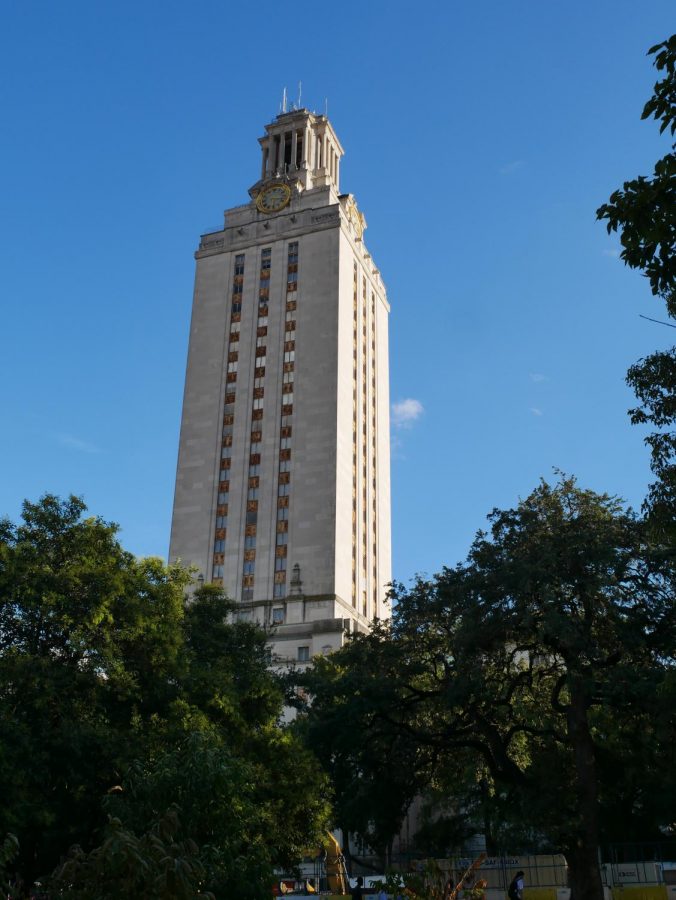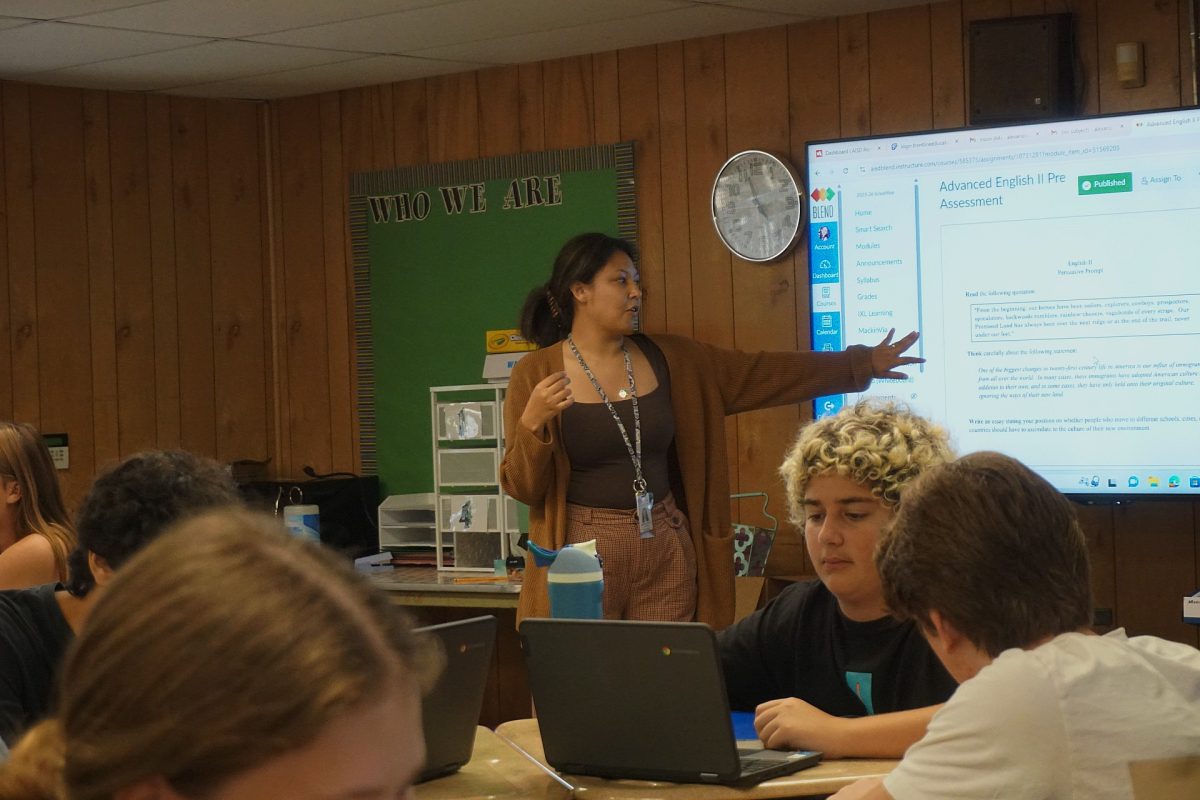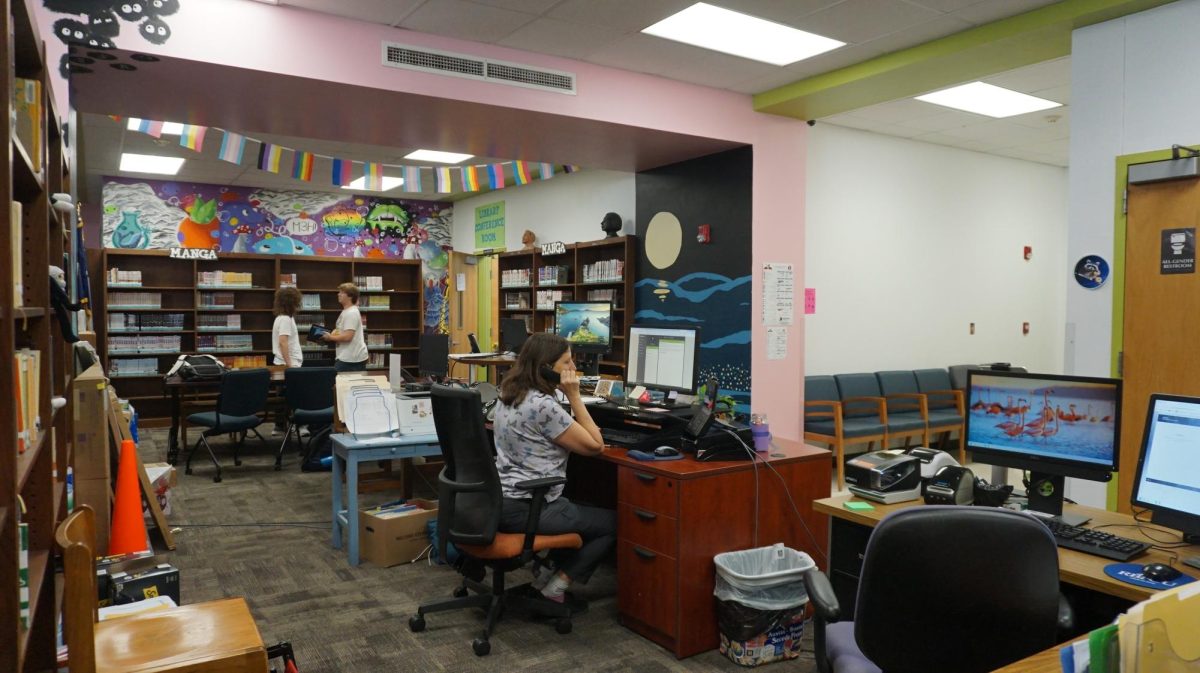Over the summer, the University of Texas System Board of Regents voted to offer free tuition for all in-state undergraduate students whose household income is $65,000 or less annually. For students whose family income is below $125,000 a year, a partial scholarship is offered. This policy is set to begin in the fall of 2020, not only affecting current high school seniors, but current UT students as well.
“I think what stops so many young people from pursuing college is the fear of financial burden or not knowing how to mitigate college costs,” McCallum principal Brandi Hosack said. “What I’m hoping [this policy] will do is open a lot of doors for students that are deserving.”
The policy change is part of the Texas Advance Commitment program, started in 2018. Previously, only students with a household adjusted gross income under $100,000 would receive support and under $30,000 to have their tuition covered. To pay for the expenses of expanding the Texas Advance Commitment program, UT has decided to put aside $160 million of the funds it receives from the state.
“We talk in Austin ISD about [the concept of] ‘all means all’,” Hosack said. “This is a university that makes tons of money from tuition and [they are] putting that to the side and adhering to ‘all means all’.”
Based on data from the 2017/2018 U.S. Department of Education National Center for Education Statistics survey, tuition and fees at UT cost around $11,000, close to the average cost of state institutions in Texas. However, room and board is not covered by this policy and costs over $11,000 more.
Even with the remaining expenses, Hosack hopes that this does not deter students from attending college.
“Hopefully [the waived tuition] will open the door just enough for students to not completely shut down and think that college isn’t for them,” she said. “I hope that it is just enough light at the end of the tunnel to realize that maybe you won’t be leaving your undergraduate years with multiple thousands of dollars of student loans.”
Though this policy is still exciting for students and prospective students, it is not a new concept.
By completing a Free Application for Federal Student Aid (FAFSA), all students who demonstrate need will be awarded a Pell grant for up to $6,000. This money is administered by the federal government, not any specific college, but many colleges encourage students to submit a FAFSA and receive as much federal aid as possible. On top of federal aid, the state of Texas provides a grant to all public state universities. Even though the colleges have a choice of who to award the money to, most choose to provide extra help for students who demonstrate need. For the most part, this money has always been used to give $5,500 to students who qualify for financial aid, which, combined with the $6,000 from the federal government, would cover even more than the cost of tuition.
“What it sounds like UT is doing is guaranteeing this money to the people who need [it],” college counselor Coach Nitardy said. “This whole thing makes them sound really good, but the reality is people with need already get $6,000 from the federal government and [$5,500 from] the state grant.”
This still leaves the problem of paying for room and board and other expenses. Luckily, there are many loan options for students, such as the Stafford loan. With a 4% interest rate, it is one of the lowest interest loans.
“Anyone can get the loan each year,” Nitardy said. “Once you stop going to college you have six months before you have to start paying it back, and then you have 10 years to pay it back.”
Other universities also have similar policies to UT. For example, A&M has “Aggie Assurance”, where students from families with an income of less that $60,000 recieve free tuition.
“[This policy] shouldn’t stop anyone from applying other places, because everywhere else has it as well,” Nitardy said. “If UT is going to give you the money, Texas State is going to give you that or more.”
Nitardy encourages all students, regardless of family income, to complete the FAFSA and apply for federal aid, even if they qualify for free tuition.
“In Austin, the more students that have need and apply to college and stay in Austin, the more money coming into Austin to help it be more economically strong,” she said. “The students who get the $6,000 and then leave Austin [get to] take that with them.”
For students who are worried they will not make it into UT, Nitardy encourages them that it is still very possible. Students can attend ACC or another university, earn good grades, and then transfer into UT, where the free tuition policy would apply to them.
“I want every student to know that college is for everyone,” Hosack said. “College has been the separator between the haves versus the have-nots and breaking that cycle gives me high hopes for where we are going as a society.”










Jennifer Avila • Oct 7, 2019 at 11:42 pm
I liked this article because its good/important information to know because college isnt cheap and i think its smart to include stories like these in the shield so more people can be aware of it.
Maggie Provost • Oct 4, 2019 at 4:25 pm
I think this article is very important because it informs people about how UT is making it easier for people with less money can still have a chance at a higher education that they might not have had before. This article also explains it thoroughly and is well written.
Lydia Reedy • Oct 3, 2019 at 11:15 am
I really enjoyed this article, I think it’s important to have articles about colleges and tuition prices in the shield because that’s what a lot of people in this school are worried about right now. It’s really great that people are getting the opportunity to break the boundaries of their financial status and be able to earn a college degree when they normally couldn’t. This article is also very well written.
Josie Bradsby • Oct 3, 2019 at 11:14 am
I think that this article raises an awareness for an important opportunity for those who come from low income households. This gives kids who might not be able to go to college or get financial aid a chance to get a degree and a job, breaking the viscous cycle of poverty.